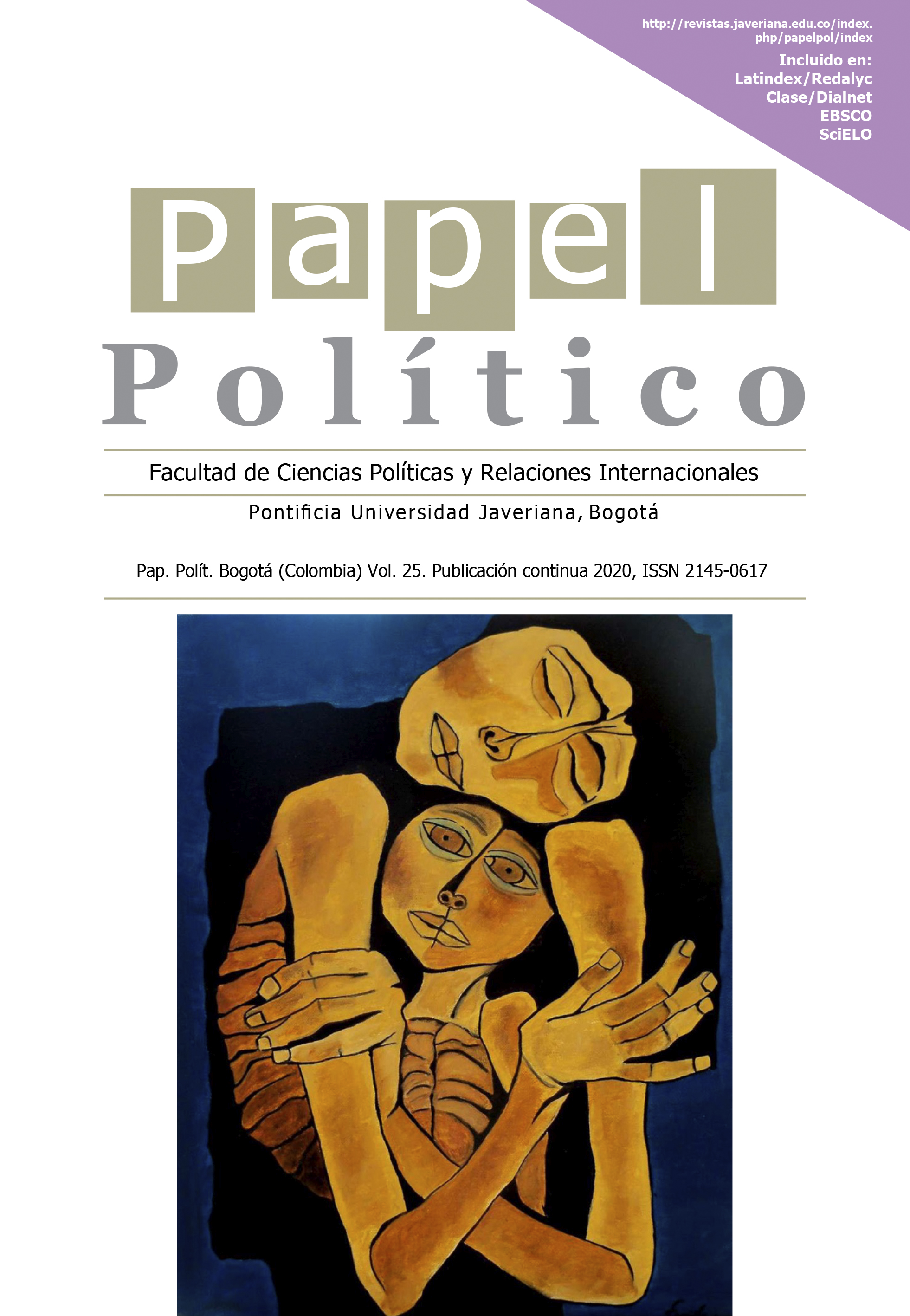Abstract
Since the 1980s many Latin-American countries —including Colombia— identified as a potential source to reduce the tax burden, the use of focused programmes intended to mitigate the public expenditure and centralize their actions in order to serve the people in need. Therefore, the different governmental institutions have chosen to follow initiatives that foster the access to higher education based on different instruments just like the education credit and demand subsidy programmes under an approach of equal opportunities. In these programmes, merit and poverty become the factors considered to grant access to higher education.
However, these instruments have been structured according to some conditions related both to the socioeconomic level and the educative achievements in this population. These programmes exclude those individuals who are not in the abovementioned conditions and this way they define a scenario where access and placements are restricted for many students in Colombia.
The analysis of databases from different governmental sources and some semi-structured interviews to beneficiaries from the programmes “Ser Pilo Paga”, “Tú Eliges” and “Crédito Acces” provides insight into different consequences from these focused programmes regarding the equality in higher education in Colombia.

This work is licensed under a Creative Commons Attribution 4.0 International License.
Copyright (c) 2021 Aura María Moreno Gamba


